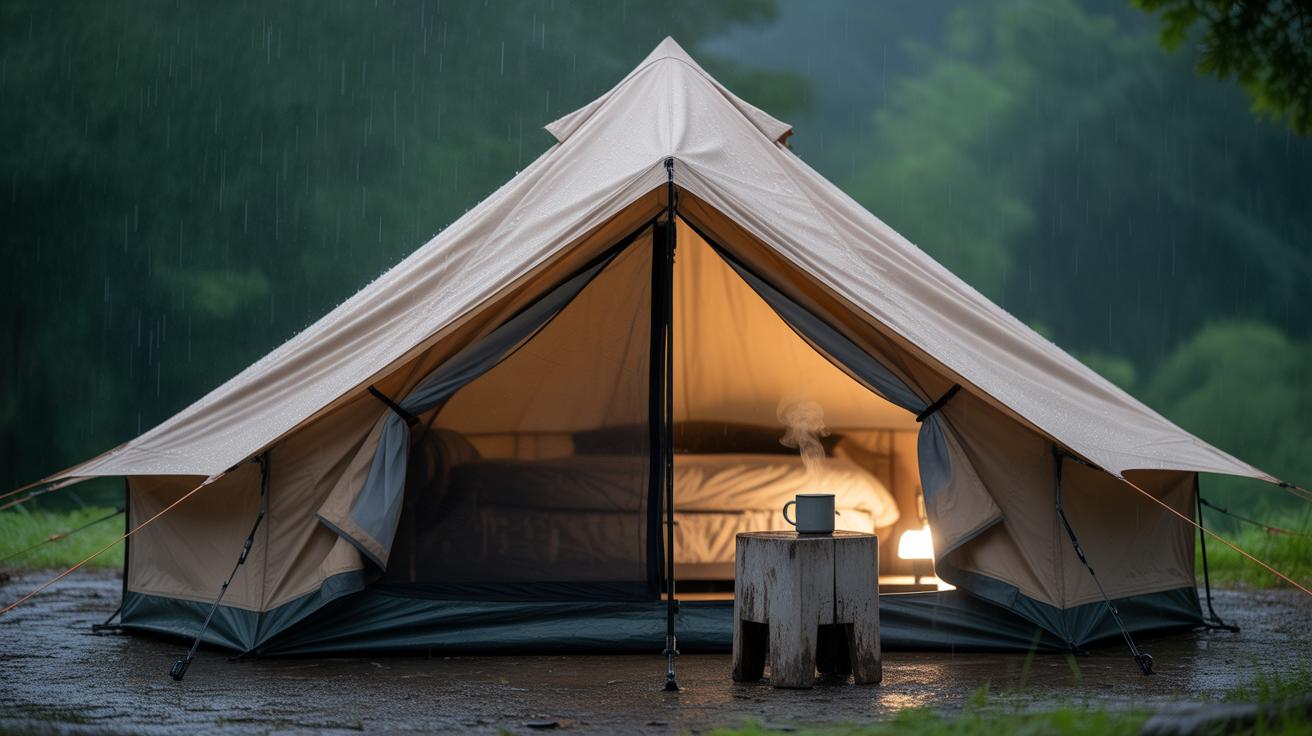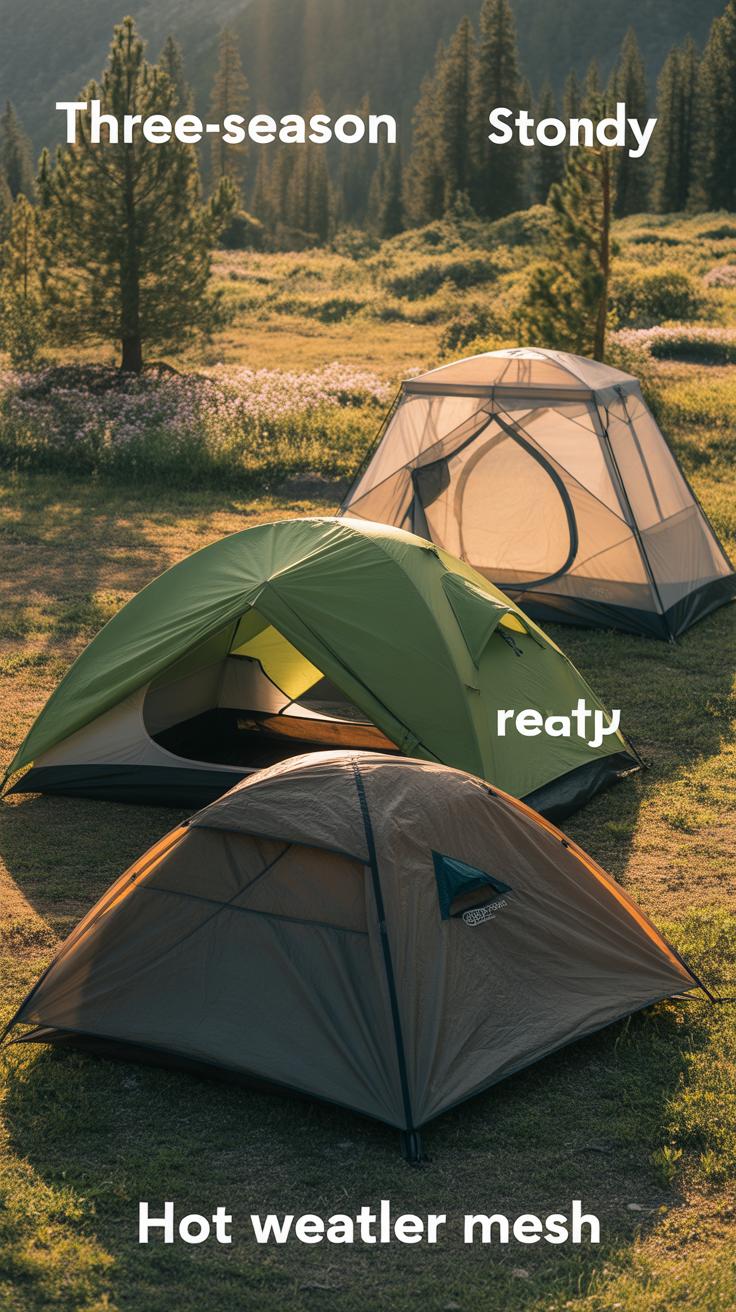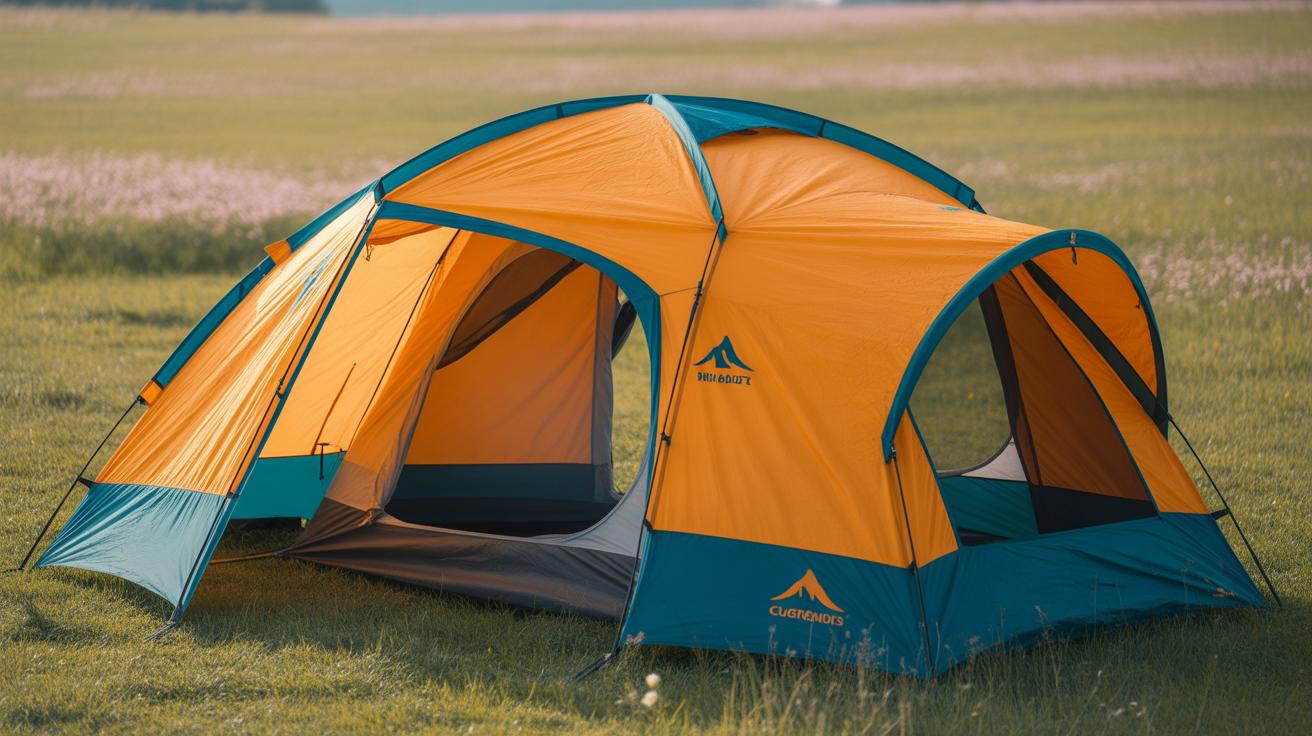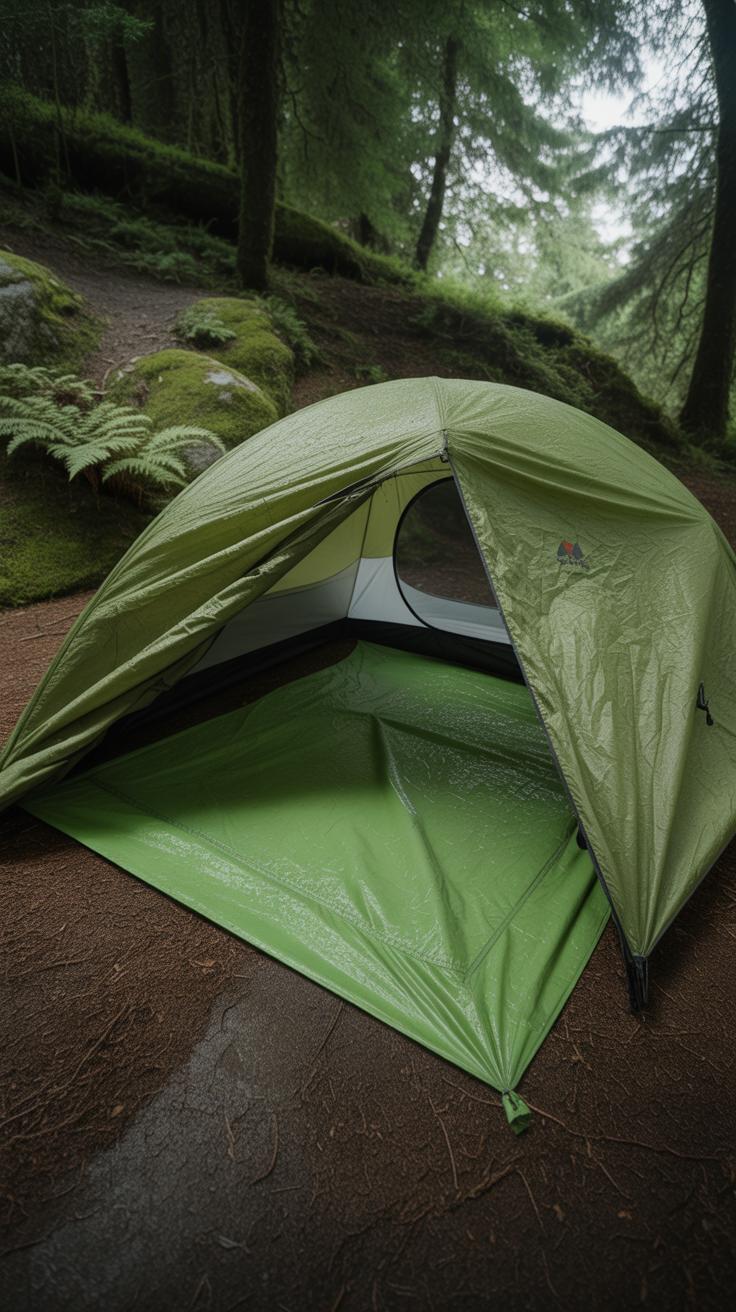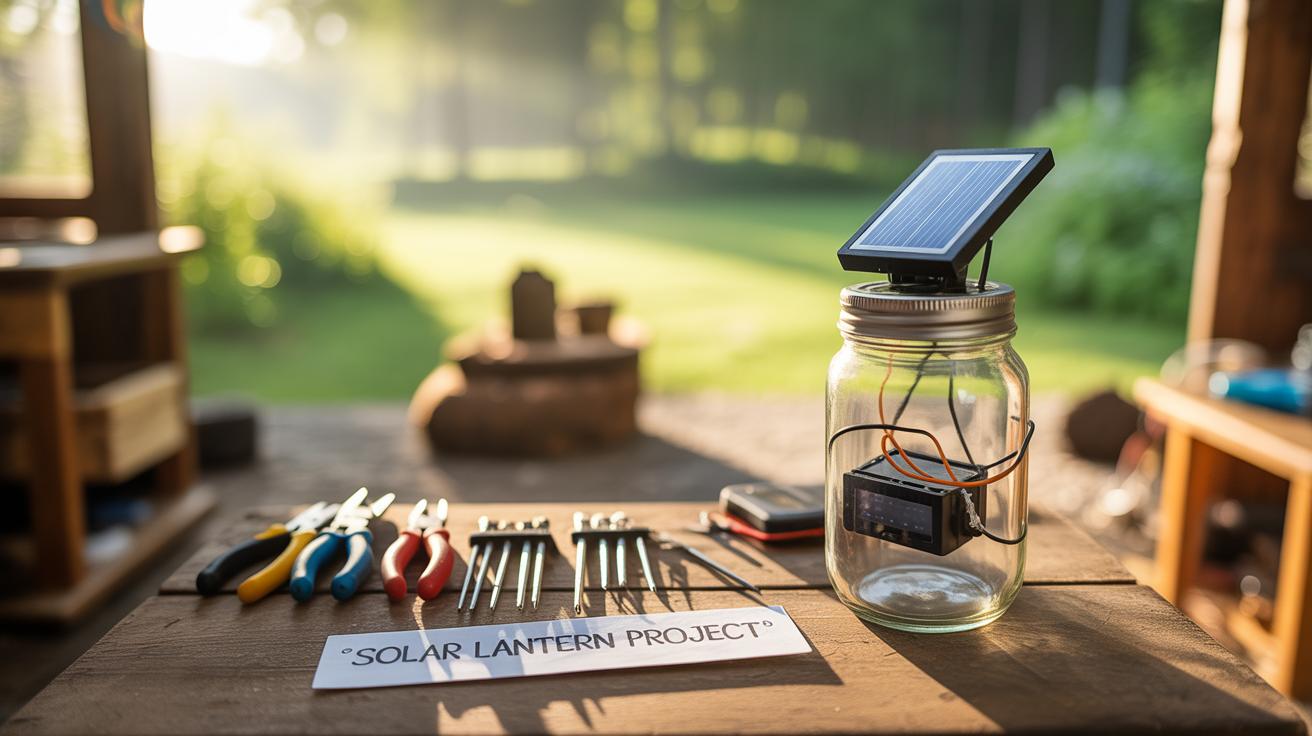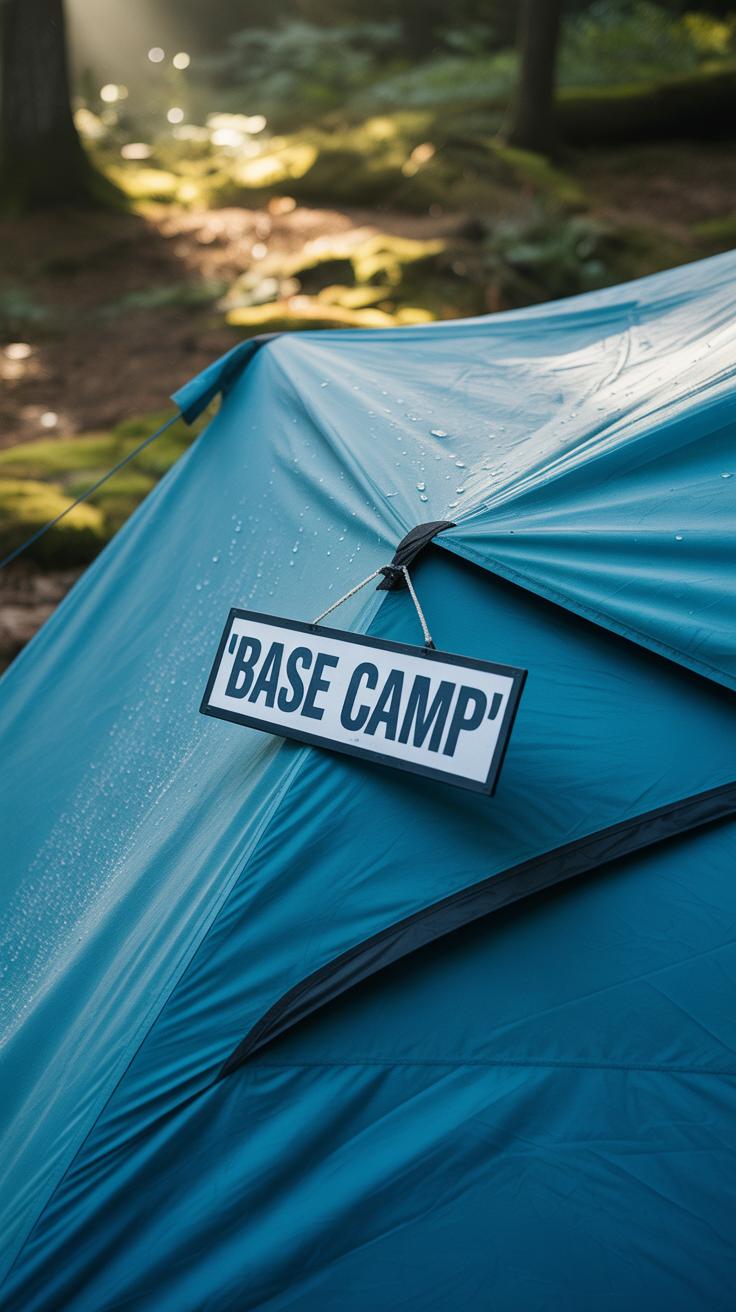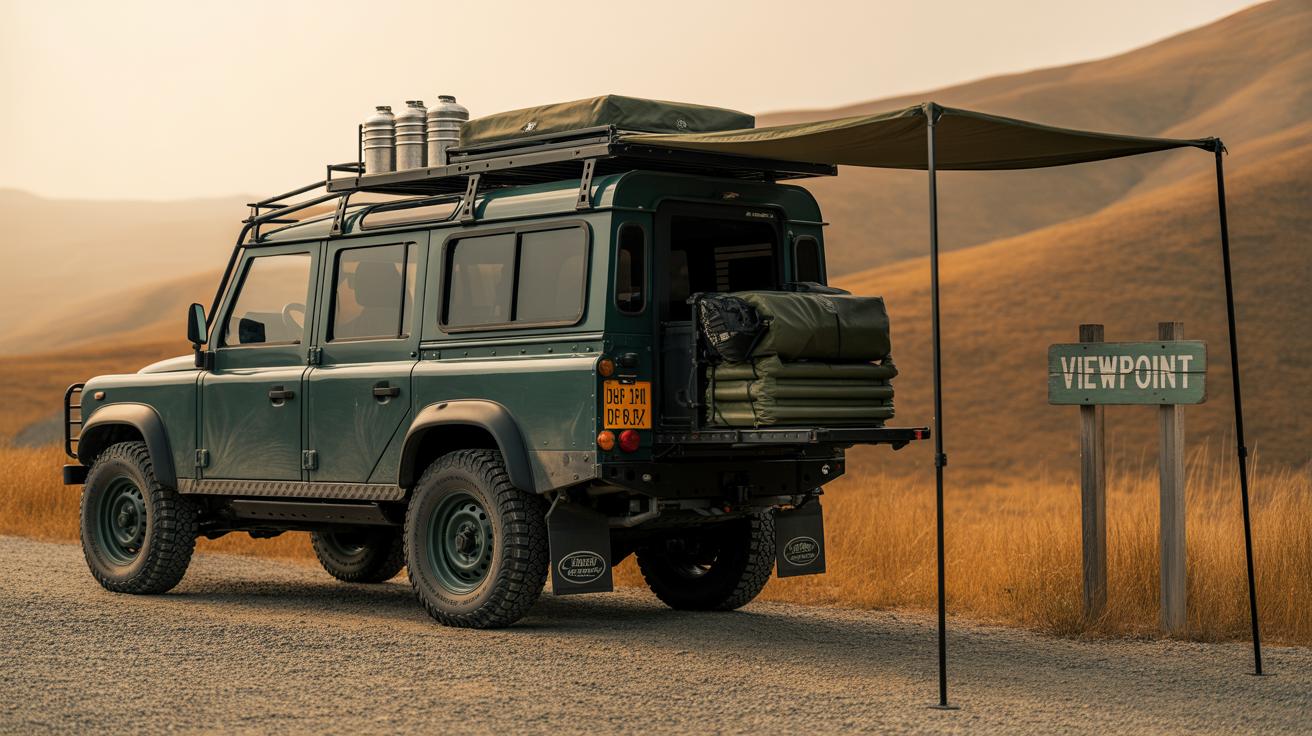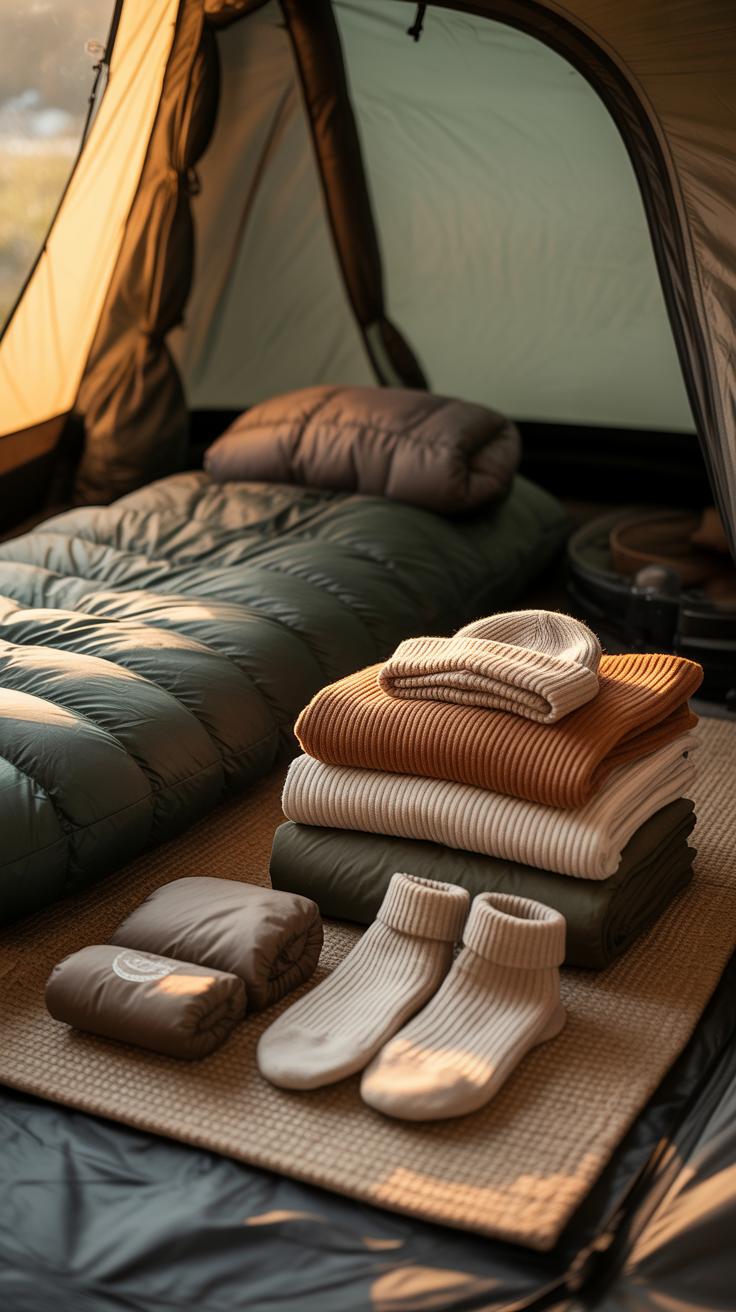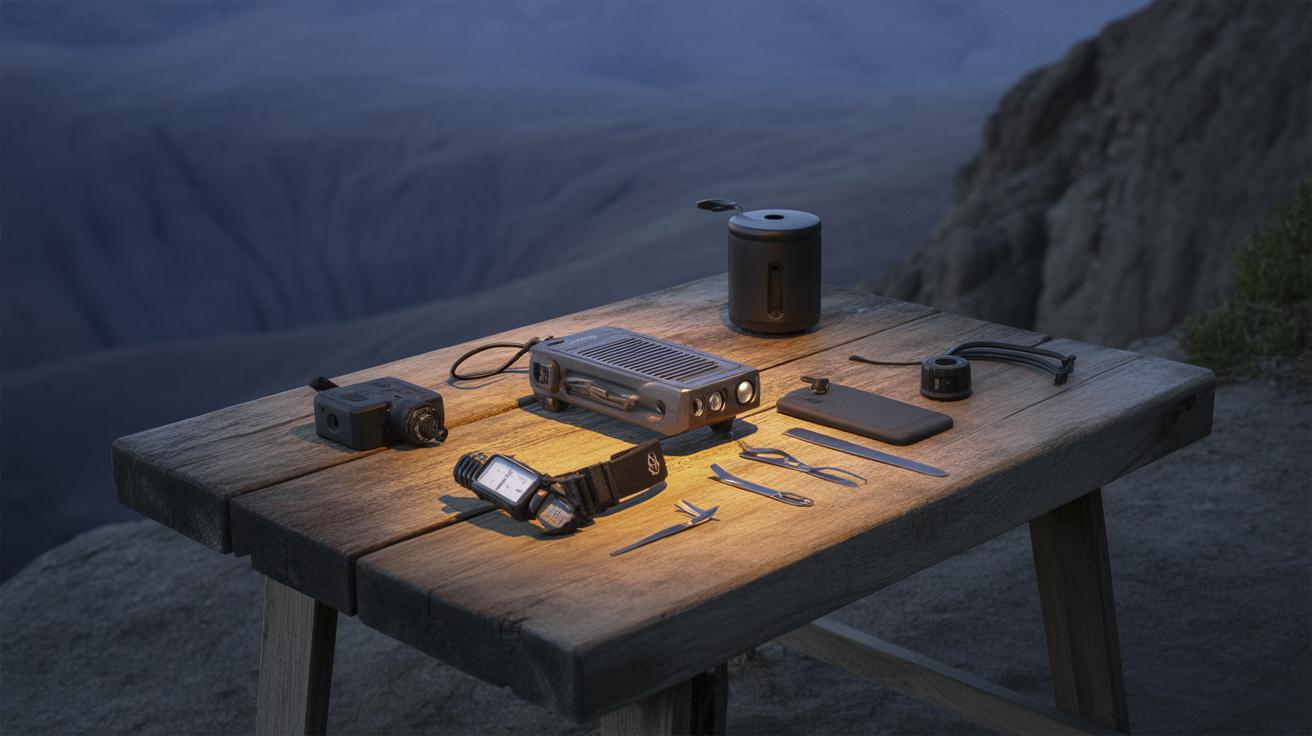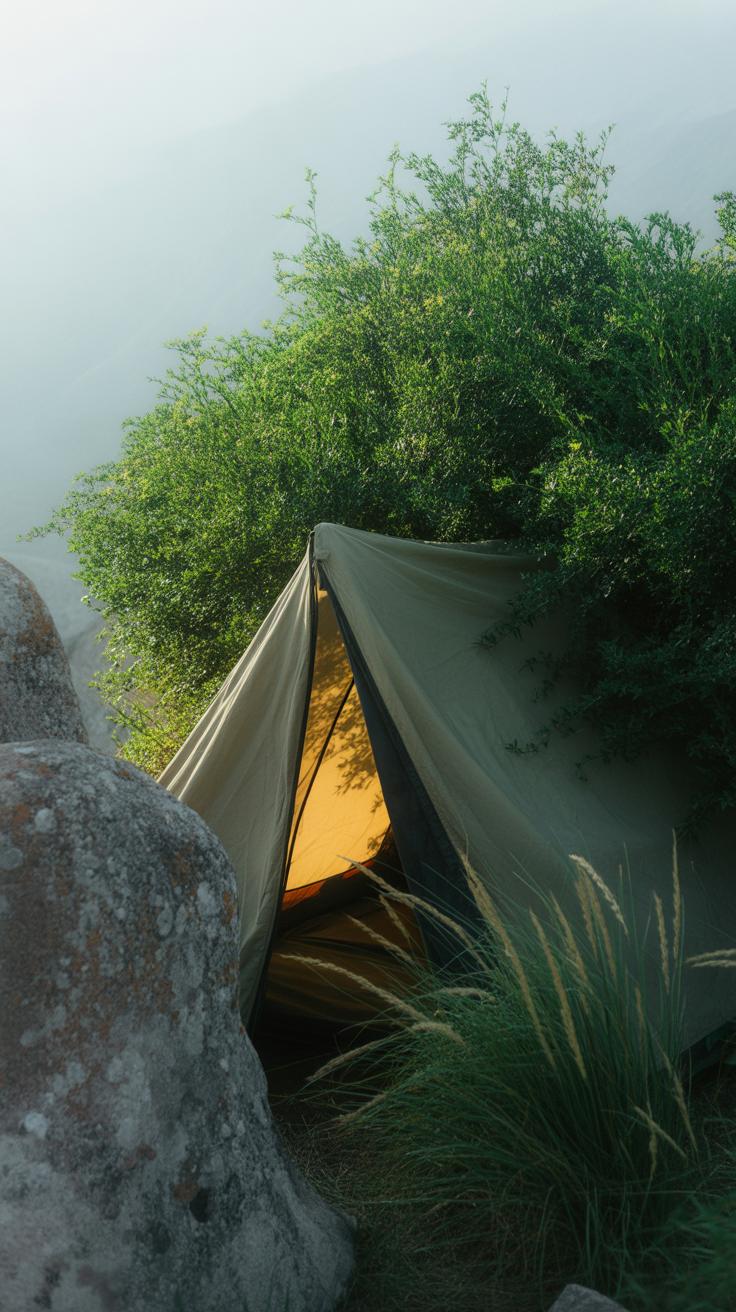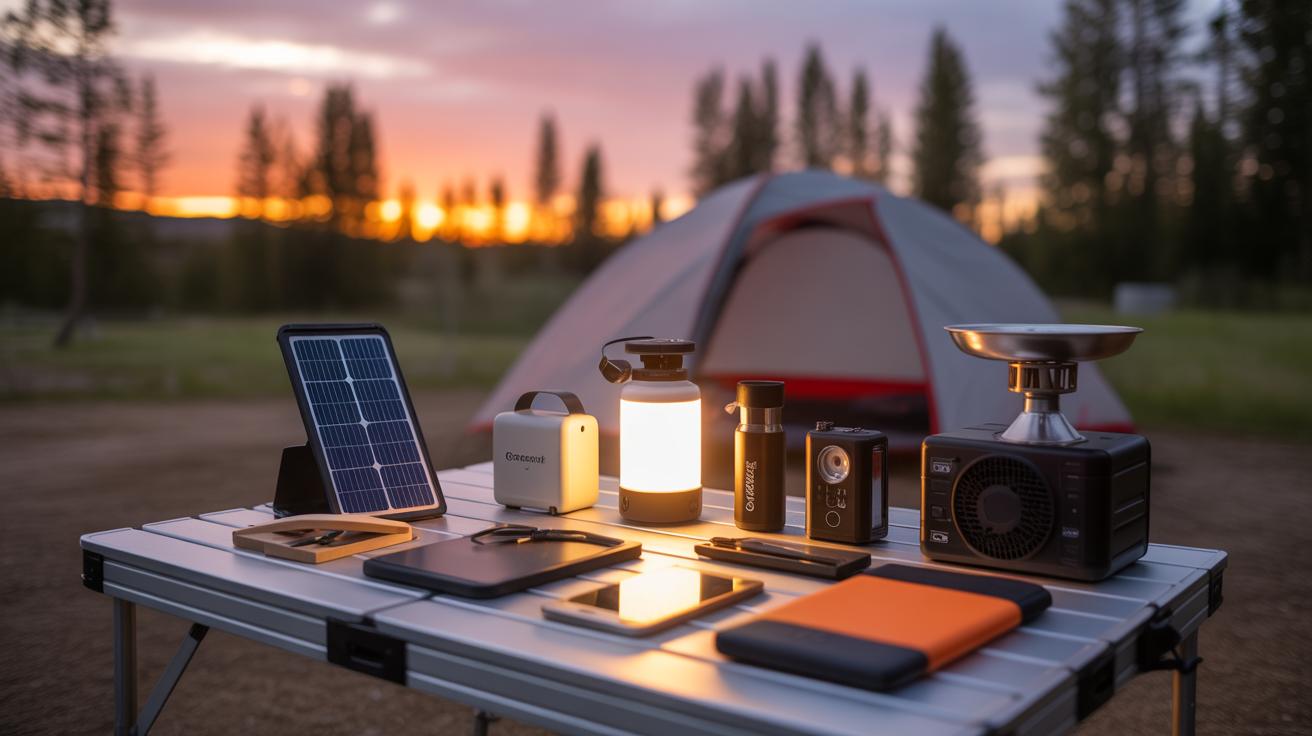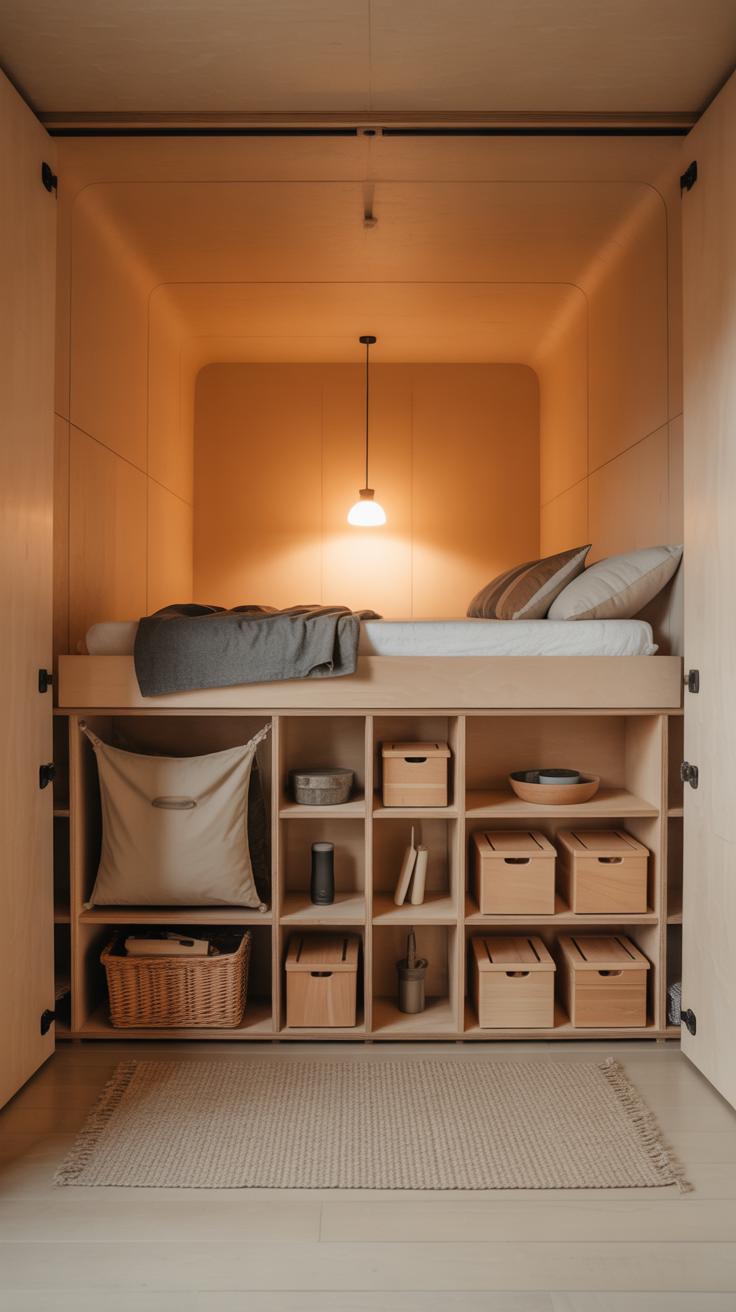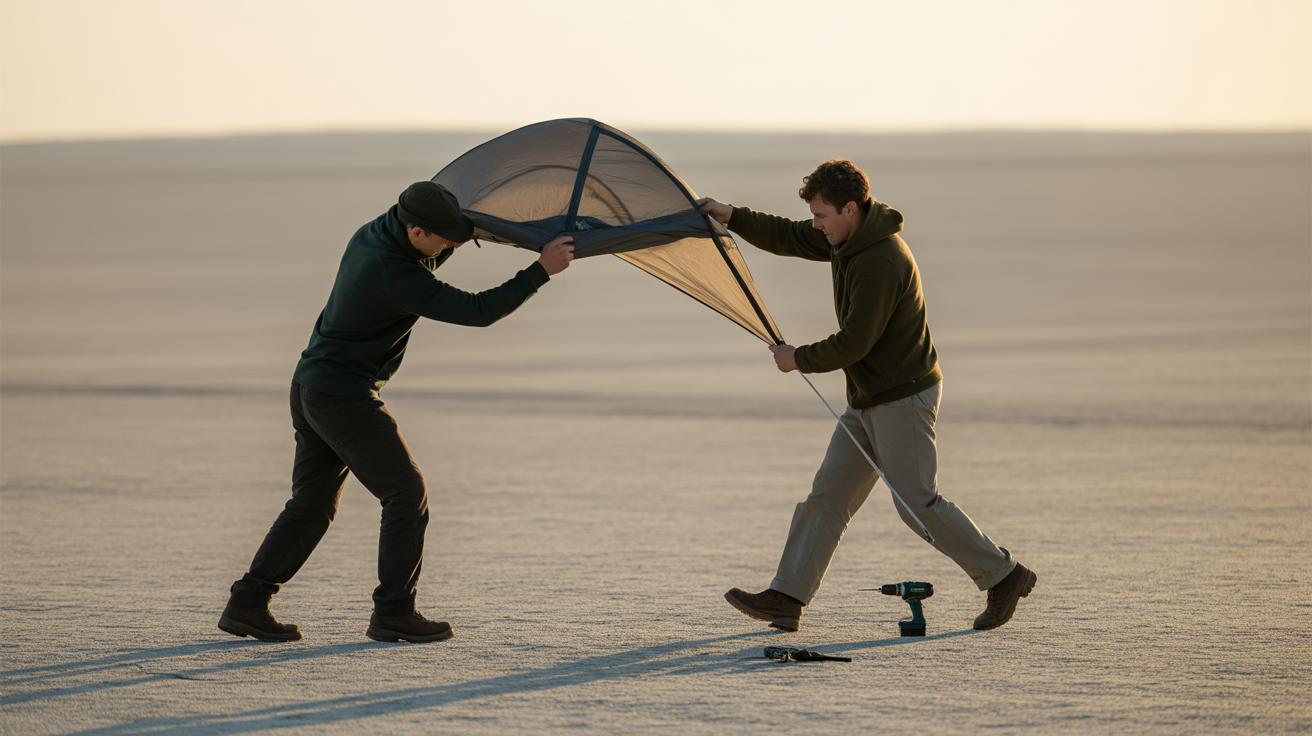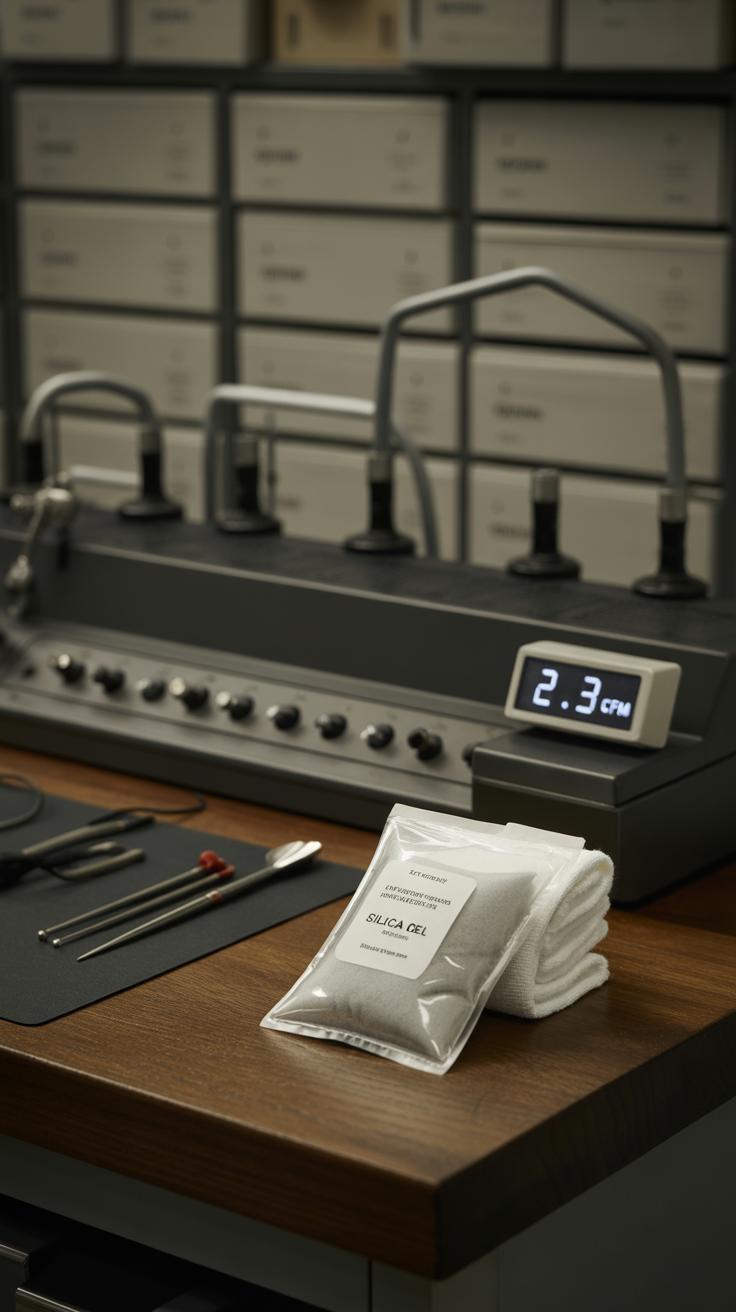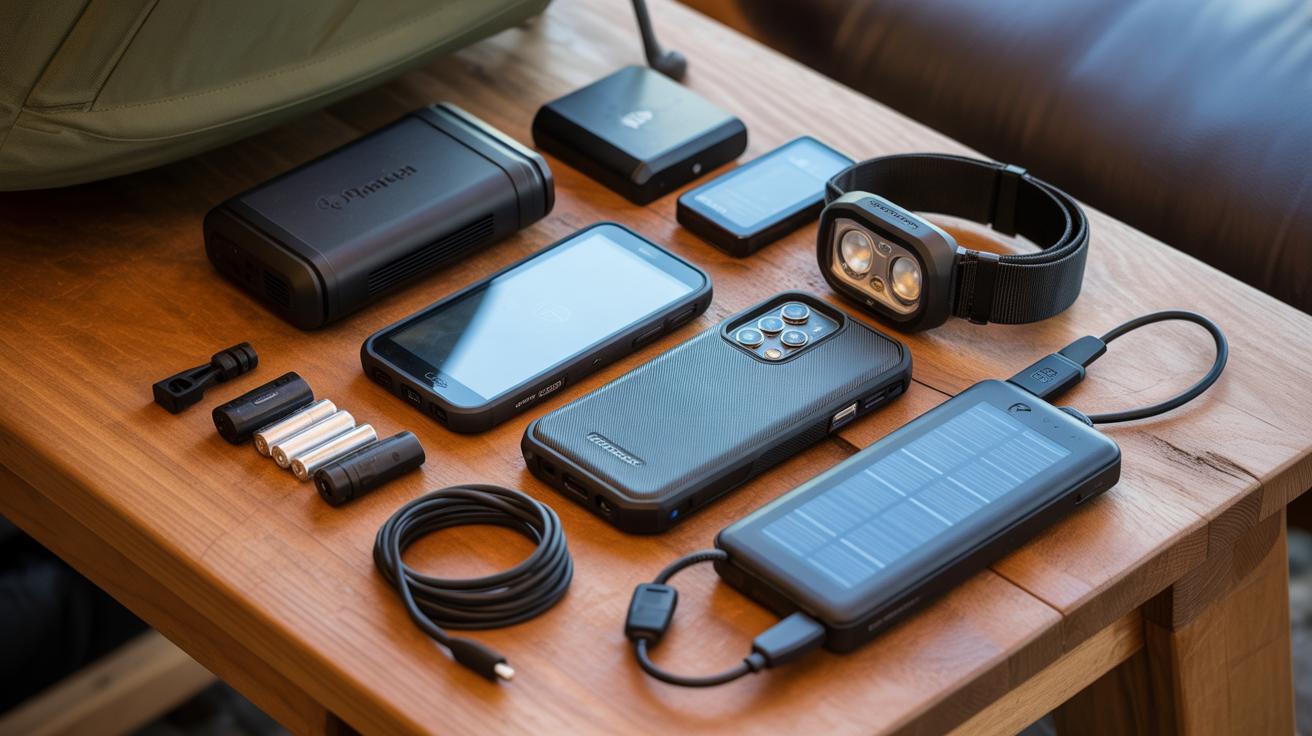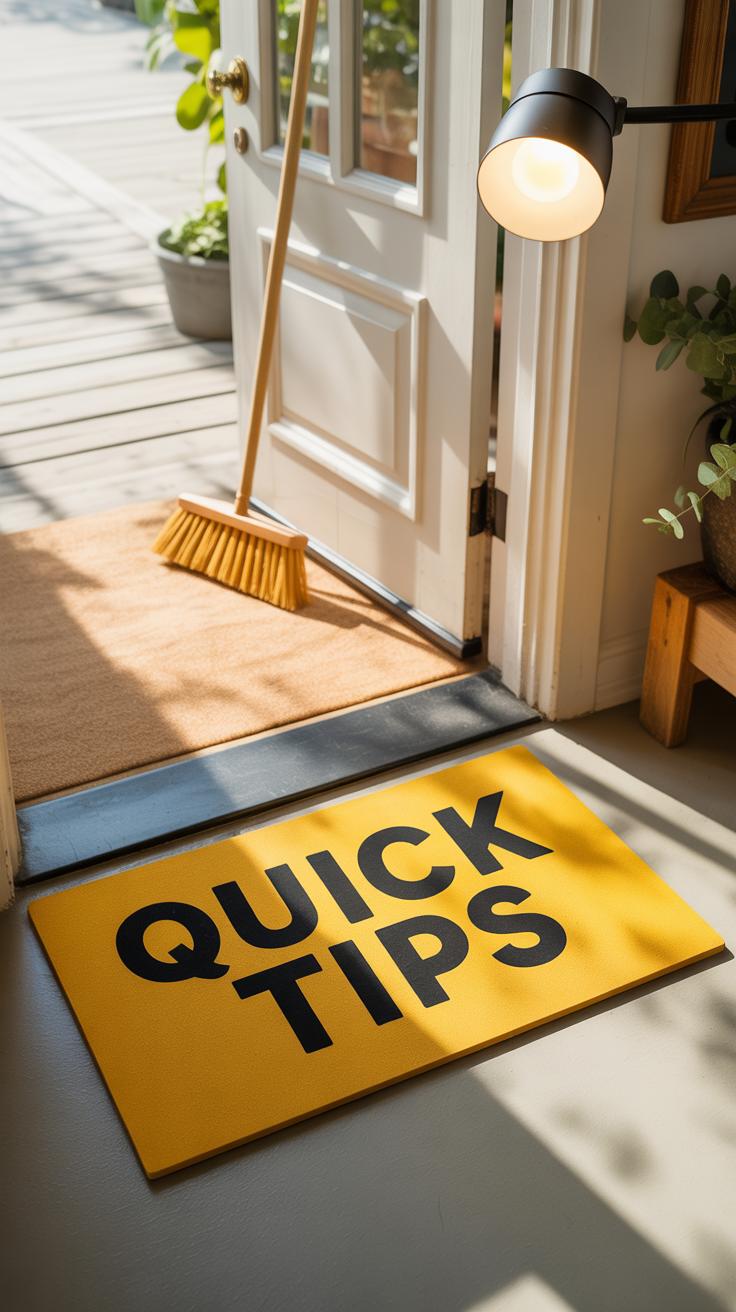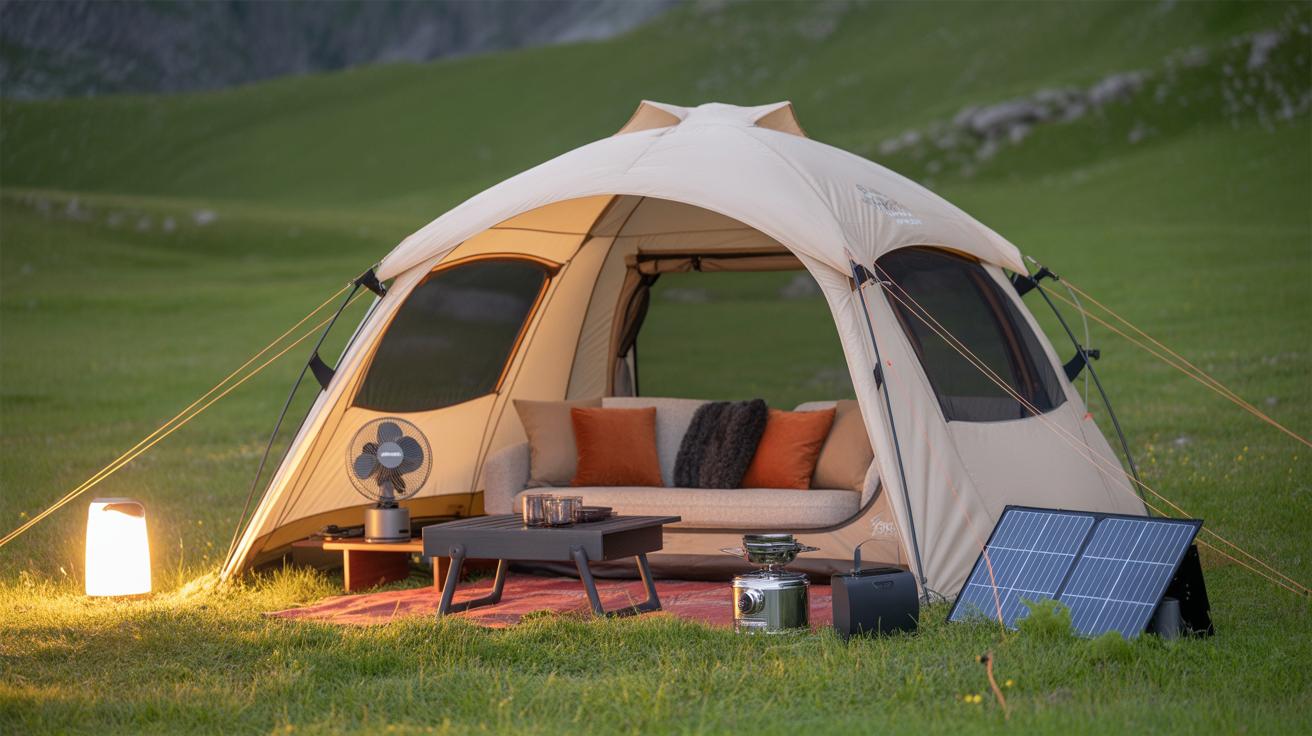Introduction
Tent camping can be a great way to enjoy the outdoors. You get to sleep close to nature and experience fresh air and peacefulness. However, camping in a tent has its challenges like staying dry if it rains, keeping warm during cold nights, and making sure you get a good rest. These are important for your safety and comfort.
This article will share practical tent camping hacks to help you stay dry, warm, and well-rested. You’ll learn smart ways to set up your tent, choose the right gear, and organize your space. These simple tips will make your camping trip more fun and less stressful. Let’s explore these ideas to improve your next tent camping experience.
Choosing The Right Tent For Weather Conditions
Picking a tent that matches the weather you expect is key to staying dry, warm, and rested. When you shop for a tent, it’s tempting to focus on size or color, but the waterproof features and ventilation often matter more. If rain is likely, look for tents with a solid rainfly that extends well past the tent’s walls—that extra coverage really helps keep water out. Some tents have fully taped seams, which stop leaks better than just sewn ones, though it’s trickier to know this without checking product details or tags.
Materials like ripstop nylon or polyester with polyurethane coatings usually repel water well and can hold up against wind and moisture. But don’t expect all waterproofing to last forever. Coatings can wear down after a few seasons, so it may be worth reapplying a spray or seam sealer before a trip, especially if it’s a longer one.
Ventilation is often overlooked but can make a big difference. Even on a dry night, a poorly ventilated tent can trap moisture from your breath and clothes, creating condensation you don’t want to wake up to. Tents with mesh panels and adjustable vents help air circulate without letting in cold drafts or insects. It’s a bit of a balancing act—too much airflow can let in chilly air, but too little can leave you with damp bedding. Finding a tent with both waterproofing and ventilation options feels like striking the right balance, and sometimes it means making a compromise depending on the season and the forecast.
Preparing The Campsite To Stay Dry
Selecting A Dry, Elevated Spot
Picking the right spot for your tent makes all the difference when it comes to staying dry. Look for higher ground that isn’t tucked into a dip or a basin where water collects. Even a small rise can help drainage and keep you out of the mud. I usually scan for gentle slopes rather than flat areas—flat places often mean water will pool right where you sleep. Trees might seem like good cover, but watch out for low spots beneath them; rainwater tends to collect there.
Try to avoid ground near streams or obvious wet patches. If you’re uncertain, a simple step tests could help—dig a small hole and see if water gathers after a brief wait. If it does, maybe keep moving. Soil texture matters too; sandy or loamy soil drains better than clay-heavy types, which can hold water and turn your tent floor into a soggy mess. Picking a dry, firm spot might take extra minutes, but it pays off.”
Setting Up Tent Footprint And Groundsheet
Using a footprint or groundsheet underneath your tent acts like an insurance policy against dampness. These layers create a barrier that keeps moisture from seeping up into your tent floor, especially on nights when condensation or unexpected drizzle shows up. I usually carry a lightweight footprint tailored for my tent. It’s smaller than a tarp and cuts down on bulk but still works well.
Some people lay down a larger tarp under the footprint to protect an area around the tent, but be cautious—it should never extend beyond your tent’s perimeter or rain might collect and funnel underneath. The idea is to keep water away without trapping it under your tent. This extra layer can add weeks of wear to your tent floor too, which is a nice bonus.
Have you ever woken up to a damp tent floor despite a rainfly? That’s often because the footprint or groundsheet was missing or set up wrong. Even a thin moisture barrier can mean the difference between a comfortable night and constant dampness.
Proper Tent Setup To Keep Water Out
Securing The Rainfly And Seams
When you set up your tent, the rainfly is your main shield against water. Attaching it snugly makes a big difference. Start by draping the rainfly over your tent, making sure it covers all mesh sections but doesn’t touch the tent walls directly—sometimes I forget that and the fabric sticks, making moisture creep in.
Once positioned, clip or Velcro it to the tent’s hooks or loops, then pull it tight. That tension is key: loose rainflies can let water sneak underneath or cause flapping in the wind.
Stretch the rainfly out fully, then tighten the straps or buckles. Check the seams too, since those are the spots where rain usually finds a way through. If your tent has seam tape, press it firmly before camping, or use seam sealer if you spot any cracks. The rainfly’s angle matters as well; sloping it enough helps water run off instead of pooling.
Using Guy Lines To Stabilize Tent
Guy lines aren’t just for show. Tying them properly helps keep your tent steady during storms. When you stake out these lines firmly, they pull the tent away from the ground slightly, which stops it from sagging and creating puddles.
Here’s what I recommend:
- Attach guy lines to the loops or rings on the rainfly and main tent body.
- Stake them out at about a 45-degree angle to the ground—too vertical, and they won’t hold well; too shallow, and tension weakens.
- Use tensioners or simple knots to keep the lines taut but adjustable. Weather changes might require minor tweaks overnight.
- Choose solid stakes and check they’re driven deep enough, especially on soft or rocky ground.
With a well-secured rainfly and properly tensioned guy lines, your tent resists gusts and keeps water runoff moving away. The difference between a camping night spent under a dry tarp versus waking up to damp gear often comes down to these steps.
Smart Layering To Stay Warm At Night
When it comes to staying warm inside your tent, layering your clothing thoughtfully can make a big difference. I’ve found that starting with moisture-wicking base layers is key. These materials pull sweat away from your skin, which keeps you dry and prevents that clammy, chilly feeling that often sneaks up after a long day hiking. Cotton, for example, is a no-go because it traps moisture and cools you down.
Think of your base layer as your first defense against the cold. The next layers can be a bit bulkier, like fleece or wool sweaters, anything that traps air. But layering goes beyond clothes. Your sleeping setup matters just as much.
Good sleeping bags and pads with proper insulation change everything. A sleeping bag rated for colder temps than you expect can save you from restless, freezing nights. I once underestimated the drop in temperature and wished I had brought a thicker pad underneath—your body heat escapes to the ground, so don’t overlook that.
Here’s a quick breakdown:
- Wear a snug moisture-wicking base layer to stay dry.
- Add insulating layers that trap warmth but still breathe.
- Choose a sleeping bag rated for temperatures lower than you expect.
- Invest in an insulated sleeping pad to block cold from the ground.
You might wonder if layering too much makes you sweat and then cool you down. There’s some truth there, which is why adjusting layers as you go to prevent overheating keeps the balance right. Staying warm overnight is a bit of a science, with a dash of trial and error. Have you found your sweet spot yet?
Using Natural Insulation And Wind Protection
You might not realize it, but the ground can steal warmth surprisingly fast. One simple trick I’ve used is placing layers of pine needles, dry leaves, or grass under my tent’s footprint. These natural materials act like a cushion and slow the cold creeping upward from the earth. It doesn’t take much—just a thin layer smoothed out evenly can make the difference between waking up freezing or tolerably warm. I once camped on bare dirt and regretted it all night, but adding pine needles in later trips helped a lot.
Besides insulation, wind can be a relentless chill factor. That’s where windbreaks come in. Building one from whatever’s nearby—fallen branches, logs, or even a low wall of piled stones—can block gusts from hitting your tent directly. It’s surprising how much a simple barrier can soften biting winds, especially if your campsite is exposed. Sometimes, setting up your tent behind a natural ridge or a thicket can provide the same effect. Still, it’s worth considering if you want to keep the cold at bay without cranking up your heating gear.
When you’re selecting your site, think about these natural elements. Is there enough dry material for insulation? Can you create a windbreak without disturbing the environment too much? It might take a few minutes to gather what you need, but once your tent feels shielded from ground chill and wind, the comfort gains are real. You’ll notice the difference not just in temperature, but in how well you sleep and your overall camping mood.
Organizing Your Tent Interior For Rest
Keeping your sleep area clutter-free inside the tent can feel surprisingly refreshing. When you pile gear haphazardly, it’s easy to feel cramped and restless. Try dedicating one corner or part of the tent to stashing backpacks, shoes, and cooking supplies neatly. Use mesh pockets or small stuff sacks to keep things off the floor. It might sound a bit tedious, but creating that clear space lets your mind relax—and that’s half the battle for good sleep.
Think about how you enter your tent. Is your sleeping pad surrounded by bags and boots? If yes, that might be disrupting your peaceful spot more than you realize. Clearing that area doesn’t mean you must unpack everything completely—just tidy enough to avoid a chaotic jumble.
Small lights make a big difference at night. A headlamp with a red light option or a tiny clip-on lantern can give you enough glow without disturbing others or waking yourself up fully. Plus, earplugs—yes, simple foam ones—can block out unexpected sounds, like a snoring tent mate or distant campers chatting. They don’t always make noises disappear entirely, but they help reduce distractions so you drift off easier. These tiny comforts might feel too minor, but they add up quickly after a long day on the trail.
Managing Moisture And Temperature Inside The Tent
Vent Early To Let Moisture Out
Opening your tent’s vents early in the morning makes a surprisingly big difference. Overnight, your breath, sweat, and damp gear build up humidity that lingers inside. If the vents stay closed, moisture settles on the tent walls and floor, making things clammy and uncomfortable.
Letting fresh air circulate as soon as you wake up helps push that moist air outside. You’ll notice how quickly the tent feels less sticky and damp. Sometimes, I forget and end up feeling chilly later because the dampness didn’t escape. So, yeah, it’s a small step, but trust me, it changes the whole atmosphere.
Even on cooler mornings, cracking the vents doesn’t mean freezing instantly. It’s about balance—letting air flow without losing all your warmth. Maybe a little trial and error will tell you how far to open them without letting in too much cold air.
Avoid Wet Clothes Inside Tent
Bringing wet clothes inside the tent is tempting—you want to dry them and keep warm, right? But the reality is, it just adds moisture to the air and creates damp patches around your sleeping area. Keeping wet gear outside or in separate waterproof bags helps the tent stay dry and livable.
Sometimes, I stash wet socks or rain jackets near the tent’s vestibule instead of inside. It’s not perfect, but it stops the inside from feeling soggy. Plus, dry sleeping bags and clothes mean you fall asleep more easily and stay comfortable all night.
Now, if it’s pouring rain, managing this gets tricky. Maybe a quick wring out and hanging clothes under the tent fly works, but the main idea is to separate wet from dry as much as you can. It keeps the tent’s temperature more stable and reduces that damp chill creeping in during the night.
Simple Hacks To Improve Tent Camping Experience
One surprisingly effective trick to keep bugs at bay inside your tent is using dryer sheets. You might not expect that laundry helper to have a second life outdoors, but those little sheets release a scent that many insects find unpleasant. Tucking a few dryer sheets around your sleeping area or near tent openings can reduce buzzing and crawling visitors.
It’s not a foolproof shield, of course. Some campers find the smell a bit strong, and it might not deter every bug equally. Still, it’s a low-effort addition that requires no chemicals or heavy gear. You just leave them in place and replace them every couple of days as needed.
When nights get chilly, hot water bottles become an old-school yet reliable way to stay warm. Filling one with hot water and placing it inside your sleeping bag can radiate gentle heat for hours. I’ve found it especially helpful on damp, cold evenings when electric heaters aren’t an option or feel overkill.
Make sure the bottle is well-sealed and wrapped in a cloth or sock to avoid burns or leaks. It’s a good idea to test the water temperature yourself before bedtime—too hot and it’s uncomfortable, too cool and it’s less effective. Also, stacking two can extend warmth longer but might feel bulky.
Trying these small hacks takes minimal effort but can make a noticeable difference to comfort. They also invite you to experiment with what works best for your camping style and environment. Ever tried dryer sheets or hot water bottles during a trip? What was your experience?
Conclusions
You now have effective tent camping hacks to keep you dry, warm, and rested. Focusing on the right tent setup, good rain protection, insulation, and comfortable sleeping arrangements makes all the difference. These steps help you avoid common problems like leaks, cold, and sleep disruptions.
Remember, camping should be enjoyable. Using these tips will help you spend your nights cozy and peaceful in your tent. You can then fully enjoy the beauty of nature around you. Try these hacks on your next trip to camp smarter and feel better outdoors.

